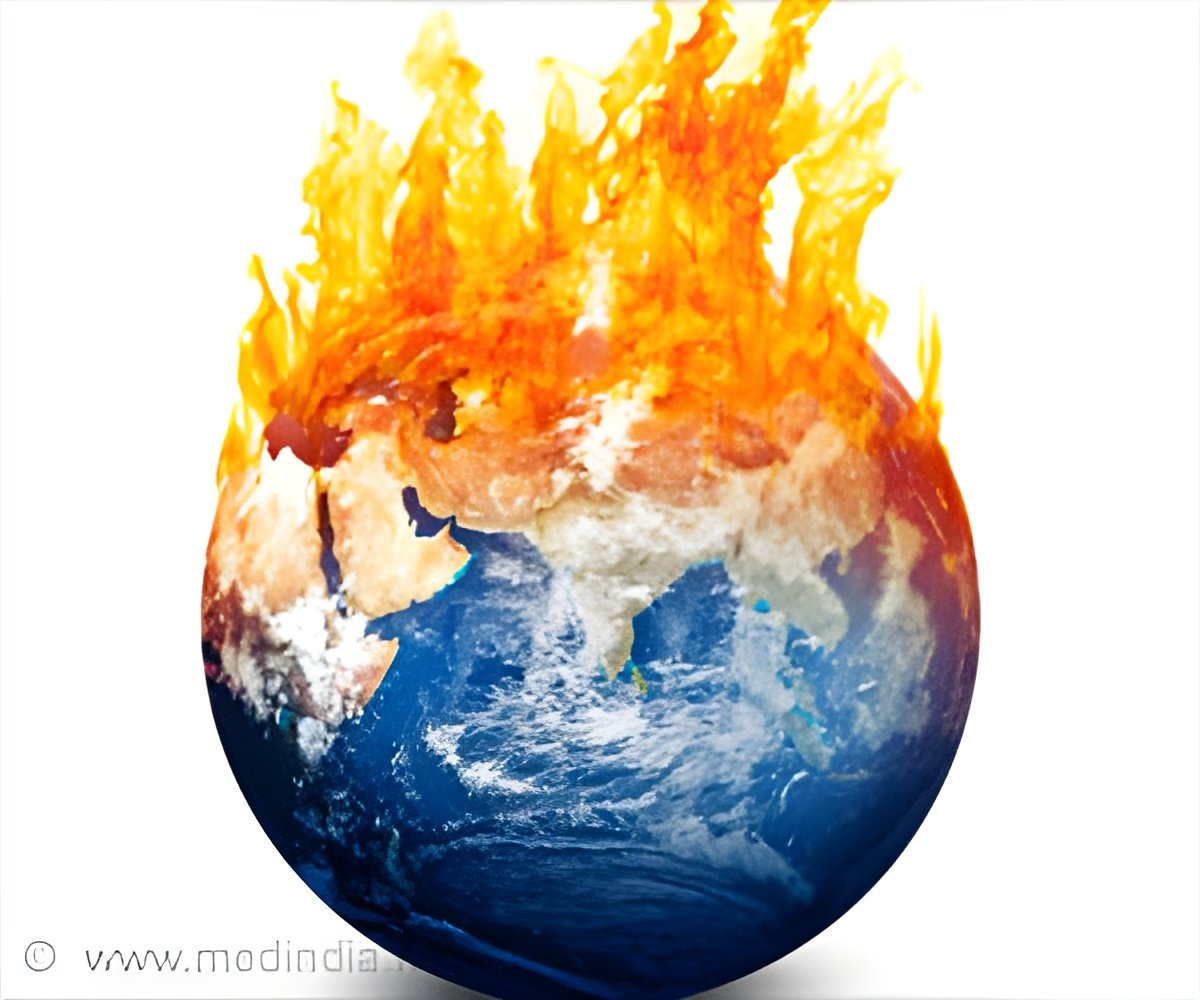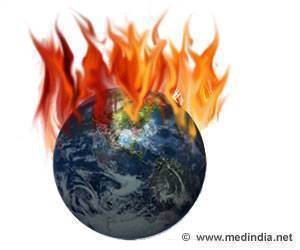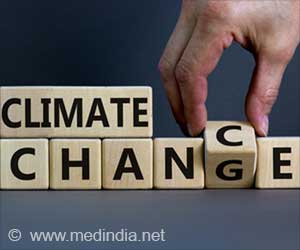Study measures India’s methane emissions and reports that the reported emission is accurate with no significant increase in the emission rate.

‘India’s methane emission levels consistent with India's reports to the UNFCCC and no significant growth in emissions between 2010 and 2015.’





In one of the biggest independent studies of its kind, scientists from the University of Bristol have concluded that there has been little growth in India's methane emissions over the last few years and that reporting of these emissions by the country's authorities is accurate. This is in contrast to other countries, such as China, where measurements have shown increasing emissions of the greenhouse gas in recent years or the United States, where large discrepancies have been found between reported emissions and those inferred from atmospheric observations.
The aim of the study, published today in Nature Communications, was to quantify India's methane emissions using observations of methane concentration in the country's atmosphere, the first time that this has been done for India at this scale.
To get the results for this study, a combination of observations were used - from the surface, from an aircraft and from a satellite that is measuring methane concentrations globally from space.
The study was also carried out to provide an independent assessment of emissions to what has been reported by India to the United Framework Convention on Climate Change (UNFCCC) and to demonstrate the value of this independent check.
Advertisement
"As found through measurements from the atmosphere rather than through the cataloguing done by countries, we showed that emission levels are consistent with India's reports to the UNFCCC and that between 2010-2015 methane emissions did not show any significant growth. This information is very valuable to know - both for providing this independent check but also for learning how to improve the accounting process."
Advertisement
The study showed that methane emissions are enhanced each year between June and September over emissions that are being released continuously - this signal is due to rice, which is predominantly grown during this season, and can clearly be observed.
Professor Ron Prinn of the Massachusetts Institute of Technology, a co-author of the study and leader of the global Advanced Global Atmospheric Gases Experiment (AGAGE), said, "National monitoring of greenhouse gases needs to become a standard process that is done alongside current reporting practices. This is the only way we can ensure transparency and accuracy of the reports that are submitted to the UN."
The team now plan to use the techniques developed in this study to examine other tropical regions, whose methane emissions are poorly understood.
Source-Eurekalert















